Submitted by WA Contents
Oslo Architecture Triennale: After Belonging kicks off this week
Norway Architecture News - Sep 06, 2016 - 10:20 23275 views
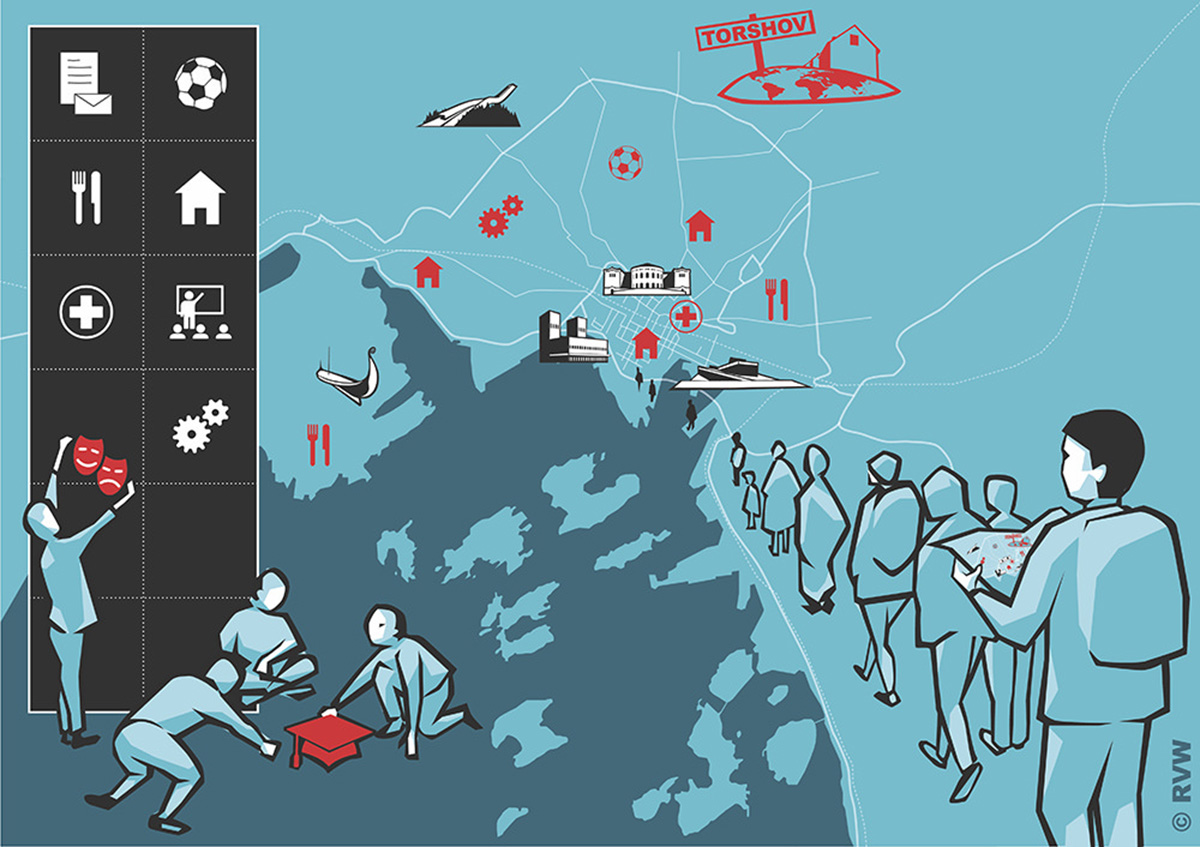
Oslo Architecture Triennale (OAT), the Nordic region’s biggest architecture festival, kicks off this week with the theme of 'After Belonging', which will be held between September 8-November 27, 2016 in Oslo. OAT is a knowledge-driven Triennale, which continuously develops and produces content with relevance that goes beyond the triennale itself.
Through exhibitions, conferences, debates, competitions, publications and events in different formats and media, OAT seeks to challenge the field of architecture, engage the public and inspire local, Nordic and international debates around architecture and urbanism.

Kirkenes Harbour. Image © Mathis Heibert, courtesy of OAT
OAT builds networks, engages and inspires debate among professionals, business communities, decision makers and the public across borders, social layers, sectors and professions. The Triennale is held every third autumn in Oslo, over a period of approximately ten weeks. The Triennale’s main target groups include the citizens and users of the city, decision makers, professionals and international guests.
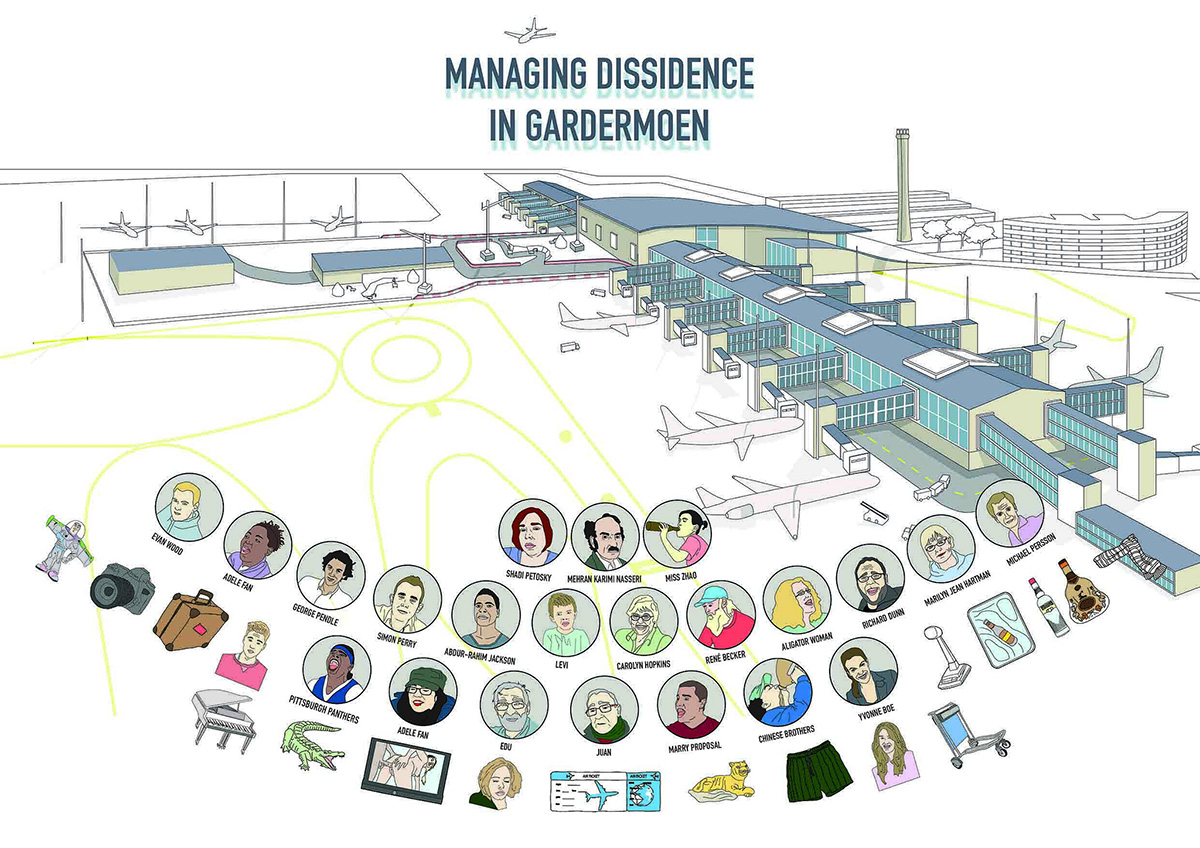
Managing Dissidence in Gardermoen by Bollería Industrial / Factory-baked Goods. Oslo International Airport, Gardermoen, is one of the sites of the Open Call for Intervention Strategies. Image courtesy of OAT.
This year's topic focuses on After Belonging: A Triennale In Residence, On Residence and the Ways We Stay In Transit, which examines the objects, spaces, and territories for a transforming condition of belonging. Global circulation of people, information, and goods has destabilized what we understand by residence, questioning spatial permanence, property, and identity—a crisis of belonging.
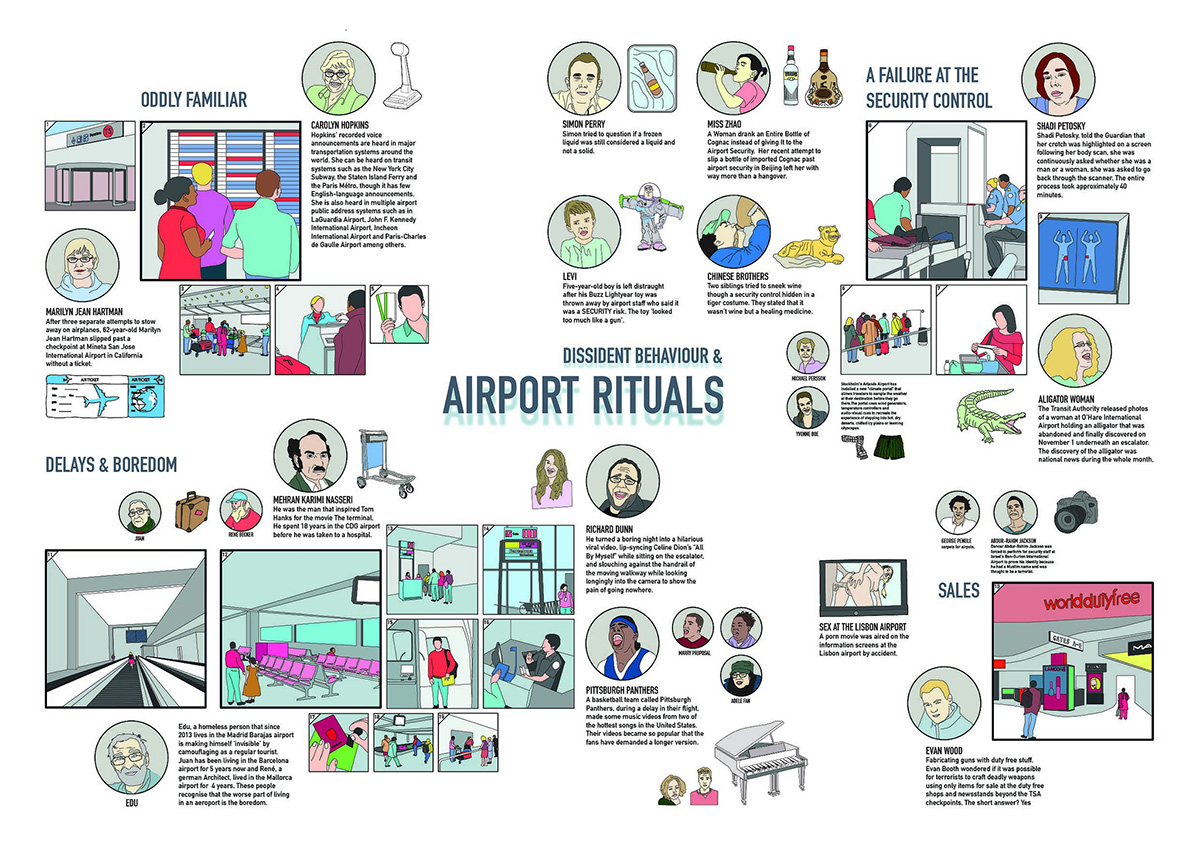
Gardermoen Airports rituals. Image courtesy of OAT.
Circulation brings greater accessibility to ever-new commodities and further geographies. But, simultaneously, circulation also promotes growing inequalities for large groups, kept in precarious states of transit. After Belonging examines both our attachment to places and collectivities—Where do we belong?—as well as our relation to the objects we own, share, and exchange—How do we manage our belongings?
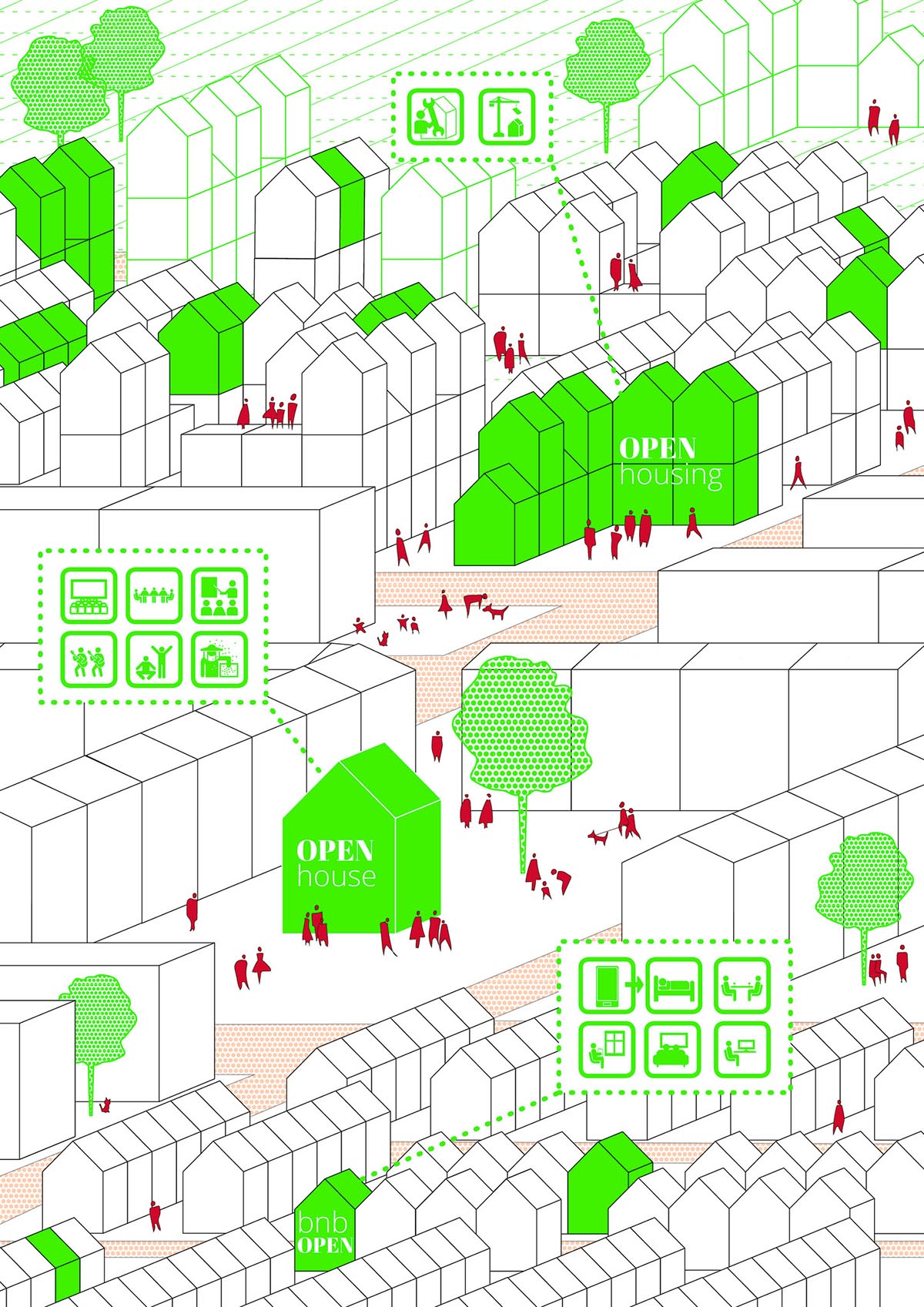
OPENtransformation by Elisabeth Søiland, Silje Klepsvik, Åsne Hagen. Image courtesy of OAT.
The Oslo Architecture Triennale 2016 is divided into two parts: A triennale On Residence, in which to collectively analyze the spatial conditions that shape our ways of staying in transit and the definition of our contemporary spaces of residence. A triennale In Residence, in which international architects and professionals concerned with the built environment will engage in local collaborations in Oslo, the Nordic region, and around the globe, to intervene in the transformation of residence.
How can different agents involved in the built environment address the ways we stay in transit? How can architects intervene in the reconfiguration of the contemporary residence?

Intervention strategy designed by Bollería Industrial for Oslo Gardemoen aiming to disturb the fabricated experiences of the airport. Image courtesy of OAT.
The Oslo Architecture Triennale will include a series of Extended Program, both in Oslo and around the various In Residence Sites that respond to the curatorial framework for OAT 2016: After Belonging. These programs are expected to multiply the perspectives and formats of the discussion taking place at the Triennale.
The extended program also comprises six projects selected through an Open Call for Associated Projects in 2015: ADAPT - Accessible, Affordable, Integrated Housing Strategies in Oslo, Bytopian Breakfast, Counter Borders, Global Spaces of Chinese Labor, Marble of The Opera and Who lives there.
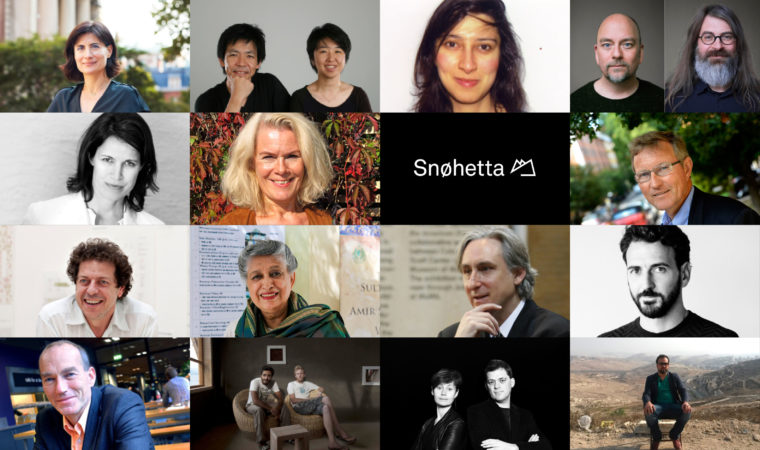
Speakers at this year's OAT. Image courtesy of OAT.
The Oslo Architecture Triennale also will held a conference program with well-known architects, speakers, decision-makers, and local experts -questioning that What is architecture’s role in the contemporary reconfiguration of belonging? How has this process transformed the notion of residence? What are the spatial, technical, and sociopolitical consequences of this transformation?
The After Belonging Conference takes place at the Oslo Opera House on September 9, 2016; 9:00 – 16.00.
The conference will address architecture’s relation to current pressing questions such as refugeeism, migration and homelessness; new mediated forms of domesticity and foreignness; environmental displacements; tourism; and the technologies and economies of sharing.
See all conference speakers here
Top image: Modes of Movement by Ruimteveldwerk (Pieter Brosens,Brecht Van Duppen, Sander Van Duppen, Lene Beelen, Pieter Cloeckaert). Image courtesy of OAT.
> via Oslo Architecture Triennale
